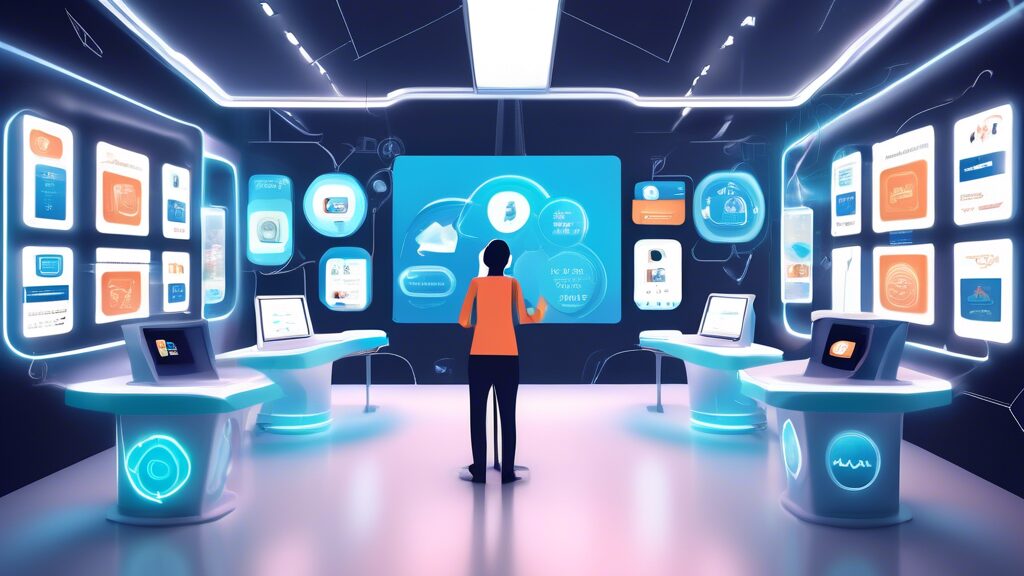What is Omnichannel Communication?
Omnichannel communication is a customer service approach where businesses provide a seamless and consistent experience across all channels and touchpoints. This includes traditional channels like phone and email, as well as digital channels like live chat, social media, messaging apps, and more. The goal of omnichannel communication is to make it easy for customers to connect with businesses however they choose and to ensure a smooth transition between channels.
Why is Omnichannel Communication Important?
In today’s digital age, customers expect to be able to interact with businesses on their own terms. They may start a conversation on one channel and continue it on another, or they may use multiple channels simultaneously. Omnichannel communication allows businesses to meet these expectations and provide a superior customer experience. Here are some key benefits of omnichannel communication:
- Improved customer satisfaction: Omnichannel communication makes it easier for customers to get the help they need, which can lead to higher levels of satisfaction and loyalty.
- Increased efficiency: By providing a single platform for managing all customer interactions, omnichannel communication can help businesses to improve efficiency and reduce costs.
- Enhanced brand reputation: A positive omnichannel experience can help businesses to build a strong reputation for customer service.
- Greater insights into customer behavior: Omnichannel communication provides businesses with valuable data about customer behavior, which can be used to improve marketing, sales, and product development efforts.
Key Channels for Omnichannel Communication
To implement a successful omnichannel strategy, businesses need to consider the various channels their customers use and ensure a consistent experience across all of them. Here are some of the most important channels for omnichannel communication:
- Phone: Despite the rise of digital channels, phone support remains a crucial part of customer service.
- Email: Email is a convenient channel for handling non-urgent inquiries and providing detailed information.
- Live Chat: Live chat offers real-time support and is ideal for resolving simple issues quickly.
- Social Media: Platforms like Facebook, Twitter, and Instagram are increasingly used for customer service interactions.
- Messaging Apps: Apps like WhatsApp and Facebook Messenger are becoming popular channels for customer communication.
- Chatbots: AI-powered chatbots can handle simple inquiries and provide 24/7 support.
- Knowledge Base/ FAQs: A comprehensive knowledge base empowers customers to find answers independently.
Implementing an Omnichannel Strategy
Building an effective omnichannel strategy requires careful planning and execution. Here are some key steps to consider:
- Understand your customers: Research your target audience to identify their preferred channels and communication styles.
- Map the customer journey: Analyze the various touchpoints customers have with your business and ensure a seamless experience across all channels.
- Choose the right technology: Invest in an omnichannel platform that integrates all your communication channels and provides a unified view of customer interactions.
- Train your team: Ensure your customer service team is knowledgeable about all channels and can provide consistent support regardless of the customer’s chosen method of communication.
- Measure and analyze: Track key metrics to evaluate the effectiveness of your omnichannel strategy and identify areas for improvement.
Omnichannel vs. Multichannel: Understanding the Difference
While the terms omnichannel and multichannel are often used interchangeably, there is a distinct difference between the two approaches.
Multichannel simply refers to using multiple channels to communicate with customers. However, these channels often operate in silos, with limited integration or data sharing.
Omnichannel, on the other hand, focuses on creating a seamless and integrated experience across all channels. Customer data and context are shared between channels, allowing for a more personalized and efficient experience.


